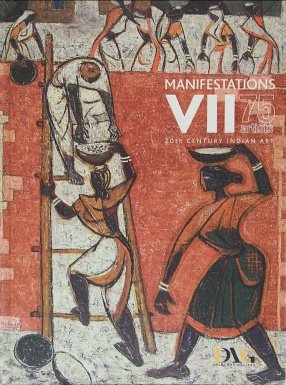Karnataka, like other South Indian States, is extensively and intensively dotted with richly ornamented and intricately carved temples of various sizes dedicated to various deities. The number and richness of the temples speak about the importance they had acquired owing to the role they played in every sphere of human life during the medieval period. The temple covered all walks of life of man and society such as religion, education, employment, economy, finearts etc. In other words temple became ‘a nucleus which gathered round itself all that was best in the arts of civilized existence and regulated them with the humanness born of the spirit of Dharma’, especially so during the medieval period. So far the temples have been studied from the point of view of the development of art and architecture and also as a religious centre. Very little work has been done regarding the role of the temples of Karnataka in Socio-economic life during the medieval period. This is a first updated picture of the area of study. The sources for the study are apigraphical. The author has been successful in marshalling all the available epigraphical sources and has judiciously utilised the same keening in mind the need for proper regional representation in selecting inscriptions for test case study. In the treatment of the sources of his study the author has also carefully examined both the qualitative and quantitative aspects of the transactions of the temples, the mode of administration, their finance, role as banker, employer, educational centre and as repository of fine-arts like music, dance and drama.

Karnataka Temples: Their Role in Socio-Economic Life
In stock
Free & Quick Delivery Worldwide
reviews
Bibliographic information
Title
Karnataka Temples: Their Role in Socio-Economic Life
Author
Edition
1st ed.
Publisher
Length
xi+216p., Index; 26cm.
Subjects




There are no reviews yet.